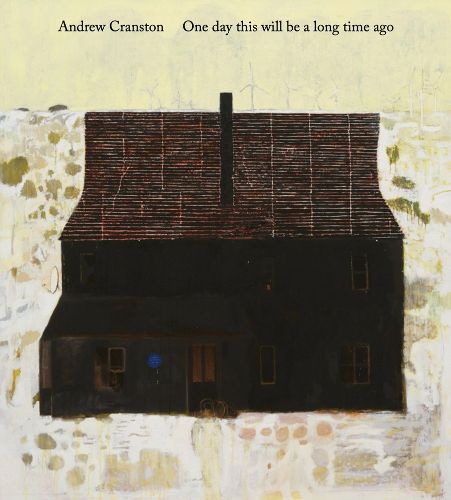Readings Newsletter
Become a Readings Member to make your shopping experience even easier.
Sign in or sign up for free!
You’re not far away from qualifying for FREE standard shipping within Australia
You’ve qualified for FREE standard shipping within Australia
The cart is loading…






Cranston's masterful paintings on canvas, book covers and more are filled with art historical, literary and personal references
With these works, Scottish artist Andrew Cranston (born 1969) continues his exploration of how the world of painting, like the world of memory, leaks into the real. In these portraits of the artist's home city of Glasgow, figures and objects emerge, dissolve, reemerge and deliquesce. Working here in oil, varnish, acrylic and collage on a range of supports, Cranston responds to the "momentum" of a given composition even as he forms it. For the artist, assemblage is less a formal approach than a conceptual one, as he allows elements from sources across disciplines and time to seep in and inform one another. As he has himself stated, Cranston is interested in "how much the surface, the marks, start to fight the image. The tension you see between picture and painting. Between what it is and how it is."
$9.00 standard shipping within Australia
FREE standard shipping within Australia for orders over $100.00
Express & International shipping calculated at checkout
Cranston's masterful paintings on canvas, book covers and more are filled with art historical, literary and personal references
With these works, Scottish artist Andrew Cranston (born 1969) continues his exploration of how the world of painting, like the world of memory, leaks into the real. In these portraits of the artist's home city of Glasgow, figures and objects emerge, dissolve, reemerge and deliquesce. Working here in oil, varnish, acrylic and collage on a range of supports, Cranston responds to the "momentum" of a given composition even as he forms it. For the artist, assemblage is less a formal approach than a conceptual one, as he allows elements from sources across disciplines and time to seep in and inform one another. As he has himself stated, Cranston is interested in "how much the surface, the marks, start to fight the image. The tension you see between picture and painting. Between what it is and how it is."